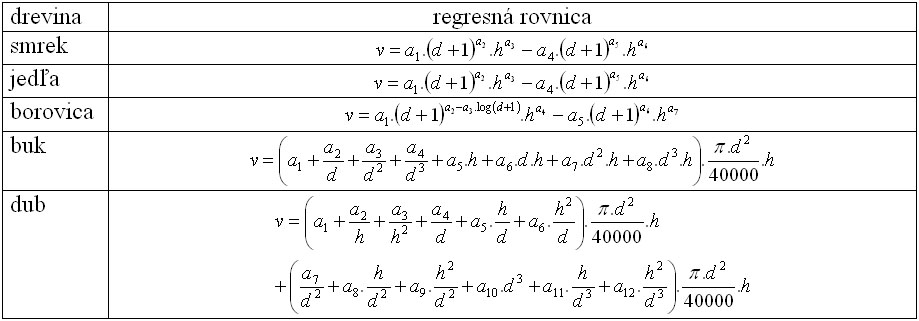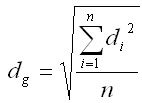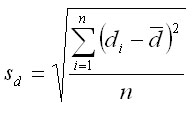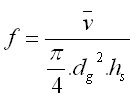Tree volume is calculated using the volume equations of Petráš and Pajtík (1991). Tree diameter (d) and tree height (h) are the inputs to the equations. Table 1 presents the equations for the calculation of the volume of the timber to the top of 7 cm inside bark for spruce, fir, pine, beech, and oak. The equations were also derived for other tree species, and also for the volume of the timber to the top of 7 cm outside bark. By default, in the growth simulator SIBYLA production is evaluated by the volume of the timber to the top of 7 cm inside bark, while the volume of the timber to the top of 7 cm outside bark is applied only in the case of biomass estimation. All equations with coefficients are published in the above-mentioned paper.
Table 1 Equations for the calculation of volume of main tree species

















